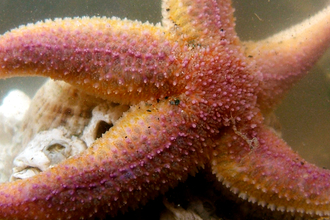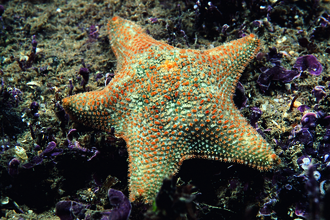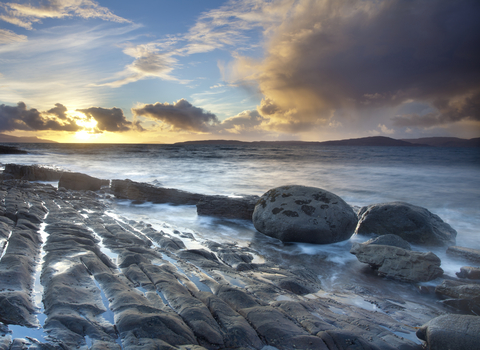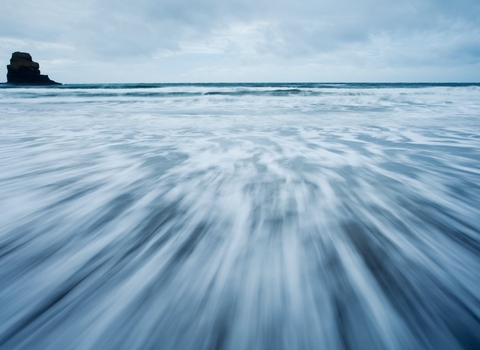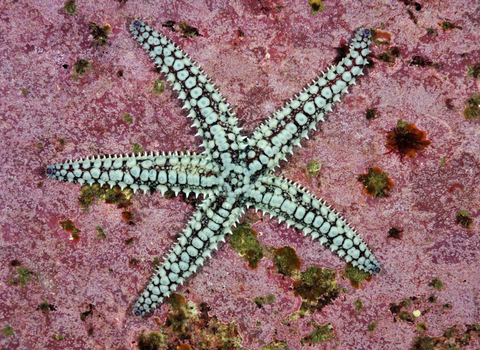
Spiny starfish ©Linda Pitkin/2020VISION
Spiny starfish
Our largest starfish, the spiny starfish can reach an impressive diameter of 70cm!
Scientific name
Marthasterias glacialisWhen to see
January to DecemberSpecies information
Category
Statistics
Diameter: Normally up to 30cm, can reach 70cm.Conservation status
Common

